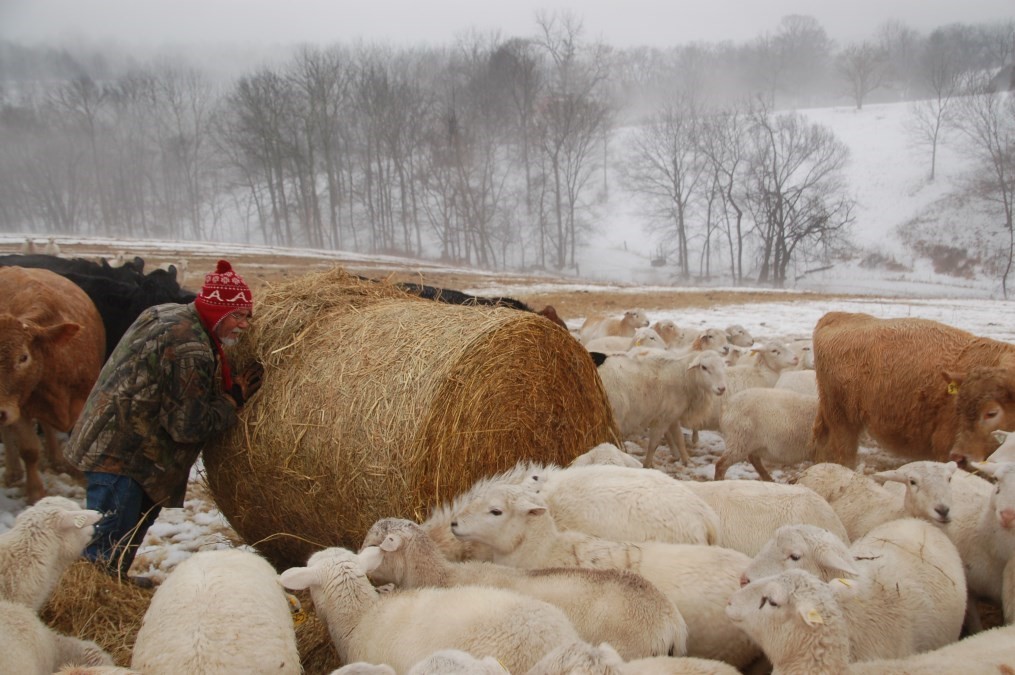
Timely Tips – February 2022
Winter Grazing:
Mud and Seeding
It’s been a long, cold, wet winter in Tennessee/Kentucky, and this inevitably brings on the potential for lots of mud. Hay feeding strategies and maintaining cover are crucial to reducing mud and compaction. Seeding areas denuded from feeding will increase production, reduce weeds, and improve soil health.
Mud Management
Here are a few considerations to reduce the impacts of mud
- Number One – maintaining good vegetation
- Stockpile pastures intended for winter feeding
- Feeding away from travel areas
- Unroll hay on areas to build fertility and weedy areas (48-14-48/ton N, P2O5 & K2O)
- No hay ring around good hay with 20 plus cattle
- Where possible, bring in hay from the side of the field that has more cover, not through the cattle
- Feed over the fence
- Move hay feeding location each feeding
- Set out hay when dry or when the ground’s frozen
- Ration bale grazing with polywire
- Fenceline feeders and manger feeders used only in wet, muddy conditions
- Use these conditions to your advantage, pug out undesirable vegetation
- Reseed areas lacking cover

ips for Winter Seeding
-
-
- Frost seed in February, ideally on frozen ground or snow
- Ideal time to seed legumes
- Drill or harrow in March
- Cool season grass, ideally drilled in September
- Warm season grass like crabgrass broadcast seeded on lightly tilled soil in Ma
Seeding Feeding areas
- Persistent use areas, seed bermudagrass or tall fescue
- Seed something to utilize excess nutrients and reduce weeds, annuals are fast and reduce weed issues
- 2-4-8 Renovate! 2lbs white clover, 4lbs red clover, 8lbs annual lespedeza on thinner soils. If cost is a concern, use this ratio, reduced.
- Pelletized lime works well to bulk up the seed mix.
-


